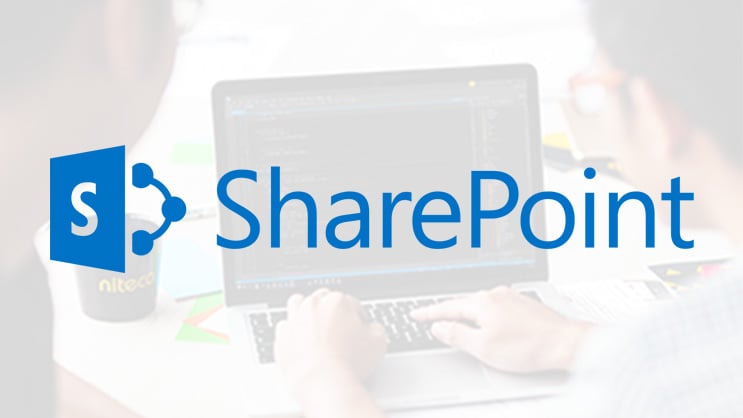With the run-up to Christmas starting in earnest and companies debuting new products or slashing prices, November traditionally sees some of the highest sales numbers in the world. Especially in North America, where the day after Thanksgiving, now dubbed Black Friday, has consumers getting into a buying frenzy.
Increasingly, Black Friday, which is quickly gaining in popularity across the globe, also sees online sales figures skyrocket. What’s more, Cyber Monday promotions and other campaigns have caught on just as much, resulting in record spending year-on-year. Behind the scenes, the good news translates into a great strain on a website’s infrastructure. Few sites are built to accommodate a traffic spike like the ones seen during this time of the year.
So how can you prepare for such real-life tests of your website? By thinking about scaling.
Scaling your website means adjusting capacity to accommodate increased (or decreased) traffic. This means purchasing either new hardware that’s similar to what you’re already using and thus increasing the sheer number of machines working for your site (i.e. horizontal scaling) or by upgrading your existing hardware (i.e. vertical scaling).
This involves money. Whichever option you choose, you have to buy new hardware. Having to buy ten new servers will definitely affect your bottom line. And considering you only need the increased capacity for a few days a year such as Black Friday, you have to question whether the investment is worth it. Do you really want to pay for capacity you don’t need?
If your answer is no, then you need to look into Cloud services. Cloud services like Microsoft Azure or Amazon Web Services can implement a service called auto scaling, meaning that your system reacts to spikes in traffic automatically and requisitions more hardware to accommodate them. New Virtual Machines are added to your array, server capacity is increased, and the process is reversed once the surge in traffic subsides.
Auto scaling solutions are becoming increasingly more available. Microsoft Azure offers a Linux Virtual Machine scale set with no upfront costs. This means that you only pay for the actual machines added to your array when needed, charged by the minute. Amazon Web Services also provides auto scaling for all its services, with no upfront costs, and usage charged by the hour.
This means that all unforeseen traffic spikes, be they caused by a successful social campaign or just by coincidence, can be handled seamlessly, without your service collapsing under the weight. It also means that foreseeable spikes, such as those that can be expected on and around Black Friday, are for the cloud service provider to deal with. You don’t have to buy a new server array to achieve capacities you only need once a year.
Considering these auto scaling services are now offered for free by various cloud service providers, there is no longer an excuse to not be on the cloud. It can save you money, keep your site from crashing under a traffic surge, and help you accommodate your own success.
So when you are considering scaling your operation for Black Friday or any other expected traffic increase, you owe it to your business to investigate cloud options. The cloud and auto scaling are the future. But if you choose to abstain from the cloud, you will be caught between a rock and a hard place… either you’ll pay for capacities you don’t need, or you don’t have the capacity you do need. Thankfully though, there’s a middle ground. And that middle ground is in the Cloud.
Investigate the possibilities of the Cloud by getting in touch with Niteco today. Our certified Microsoft developers can build a solution to meet your requirements.


